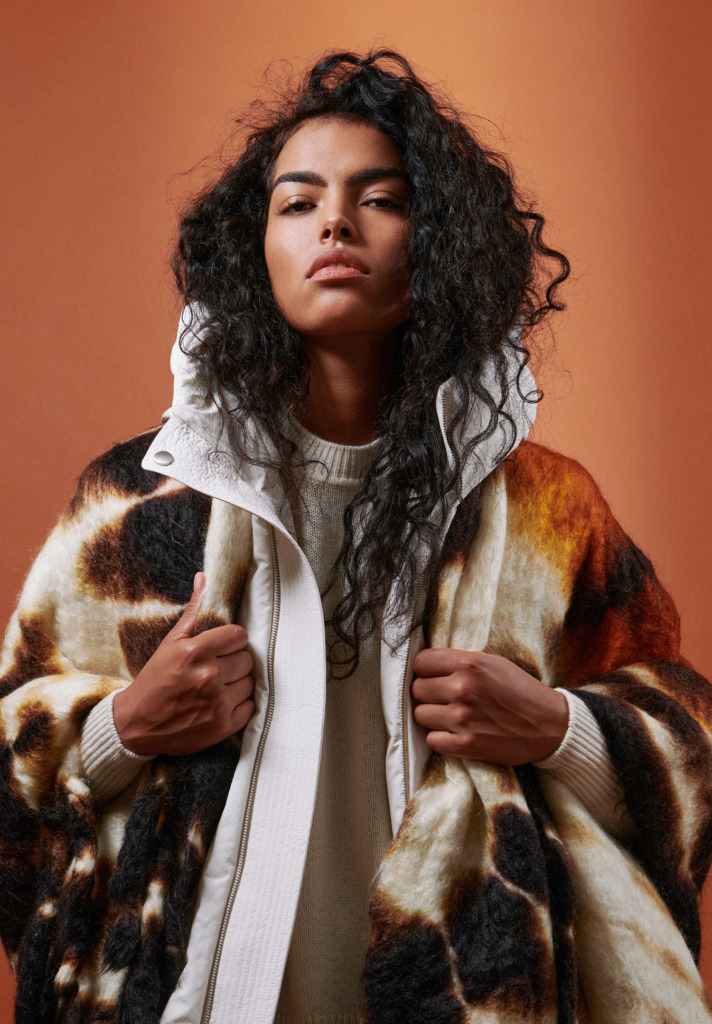
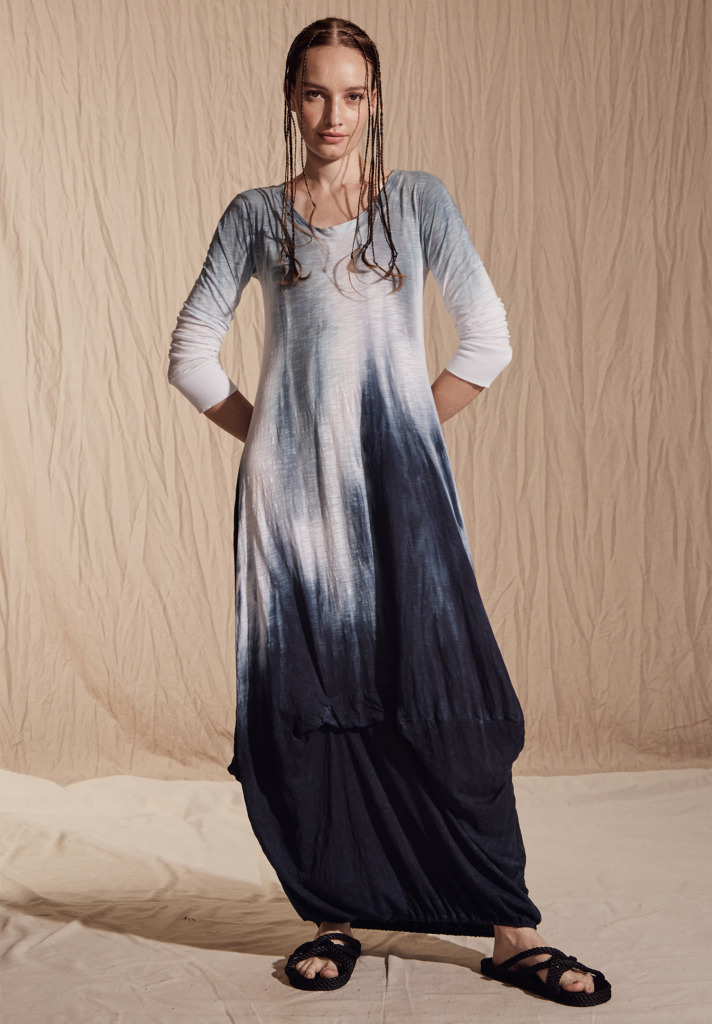
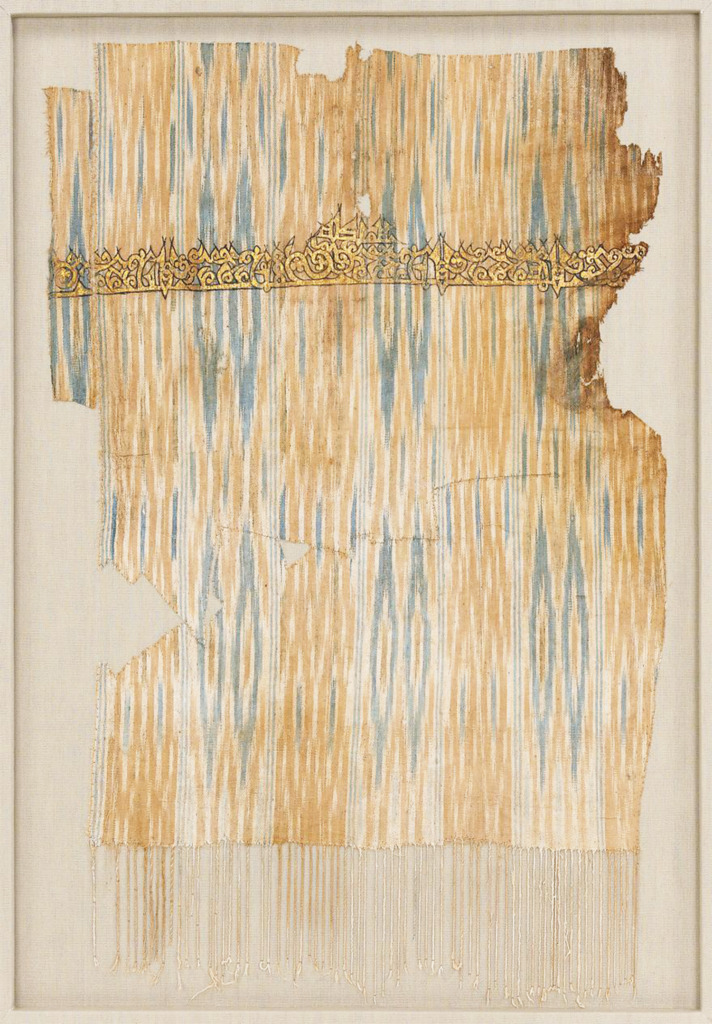
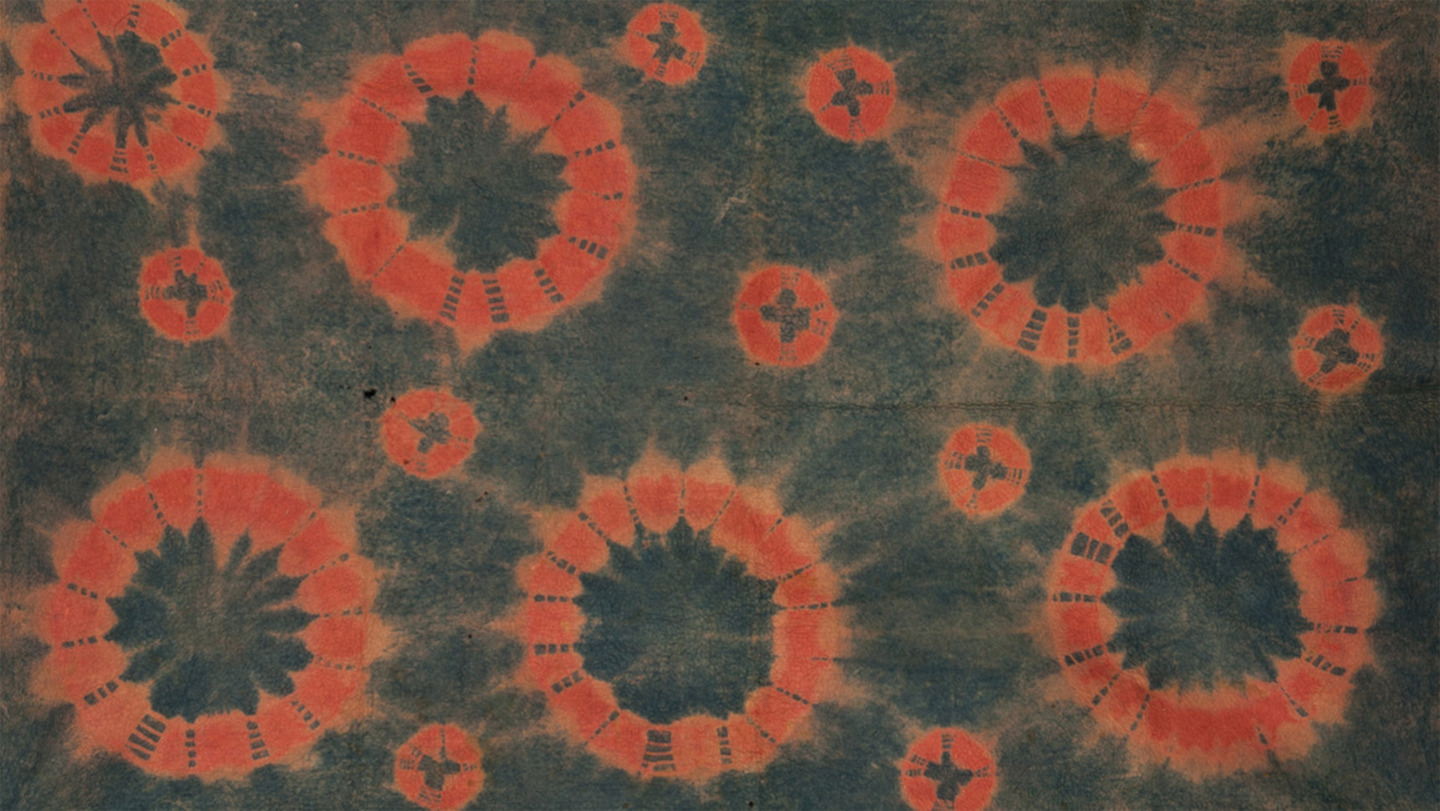
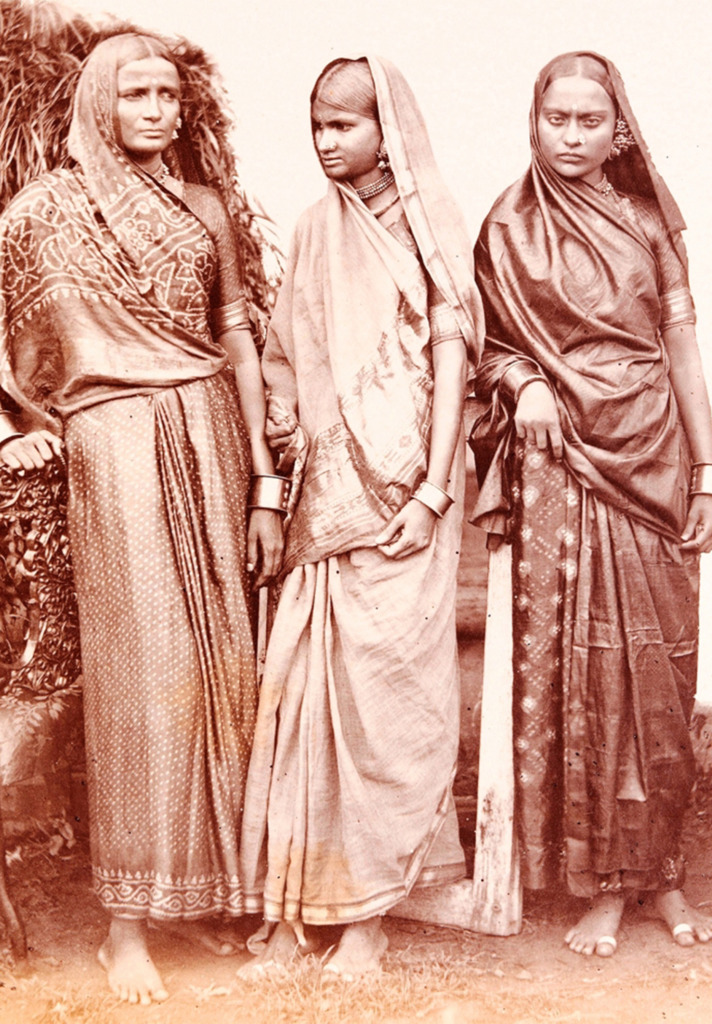
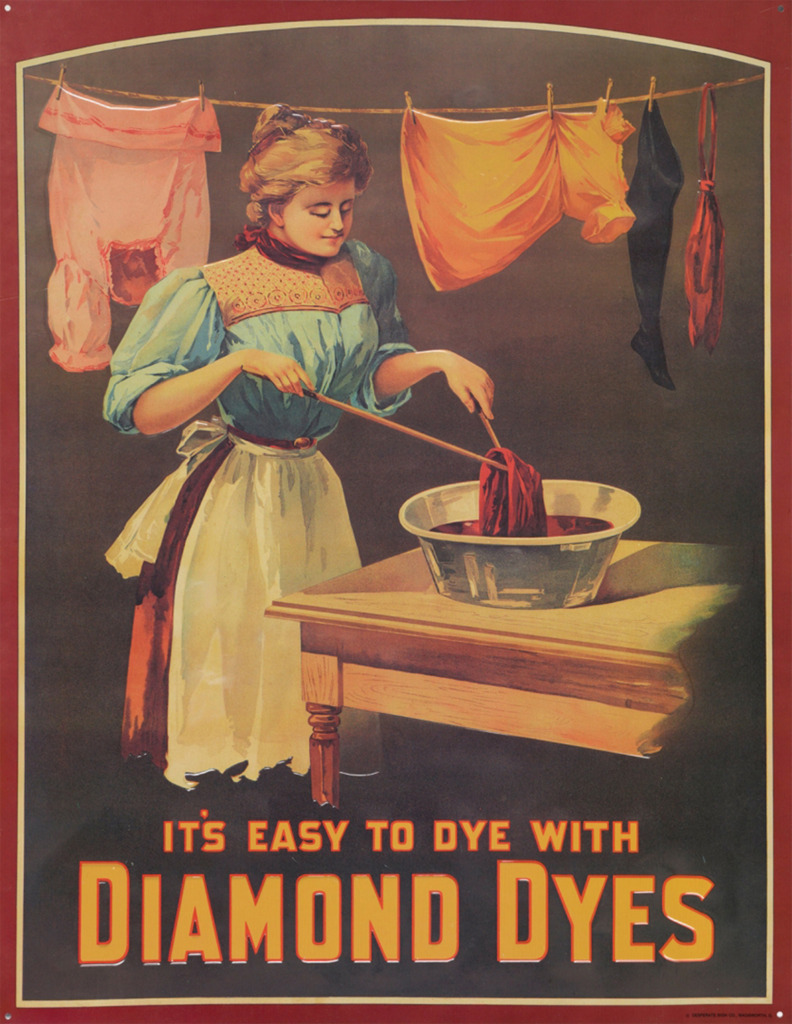
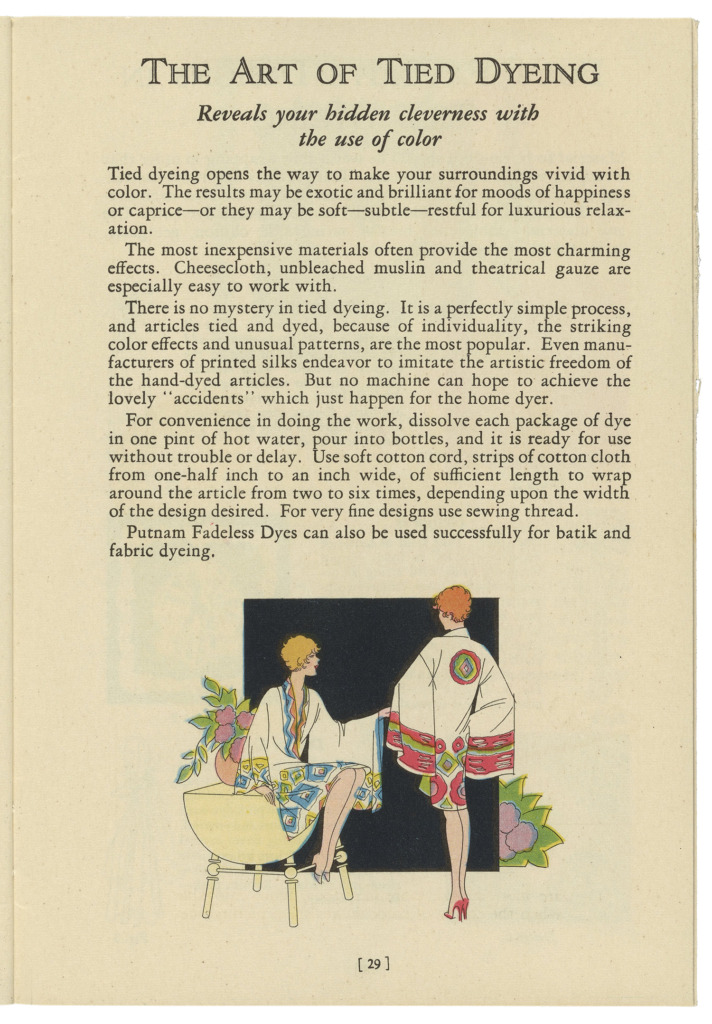

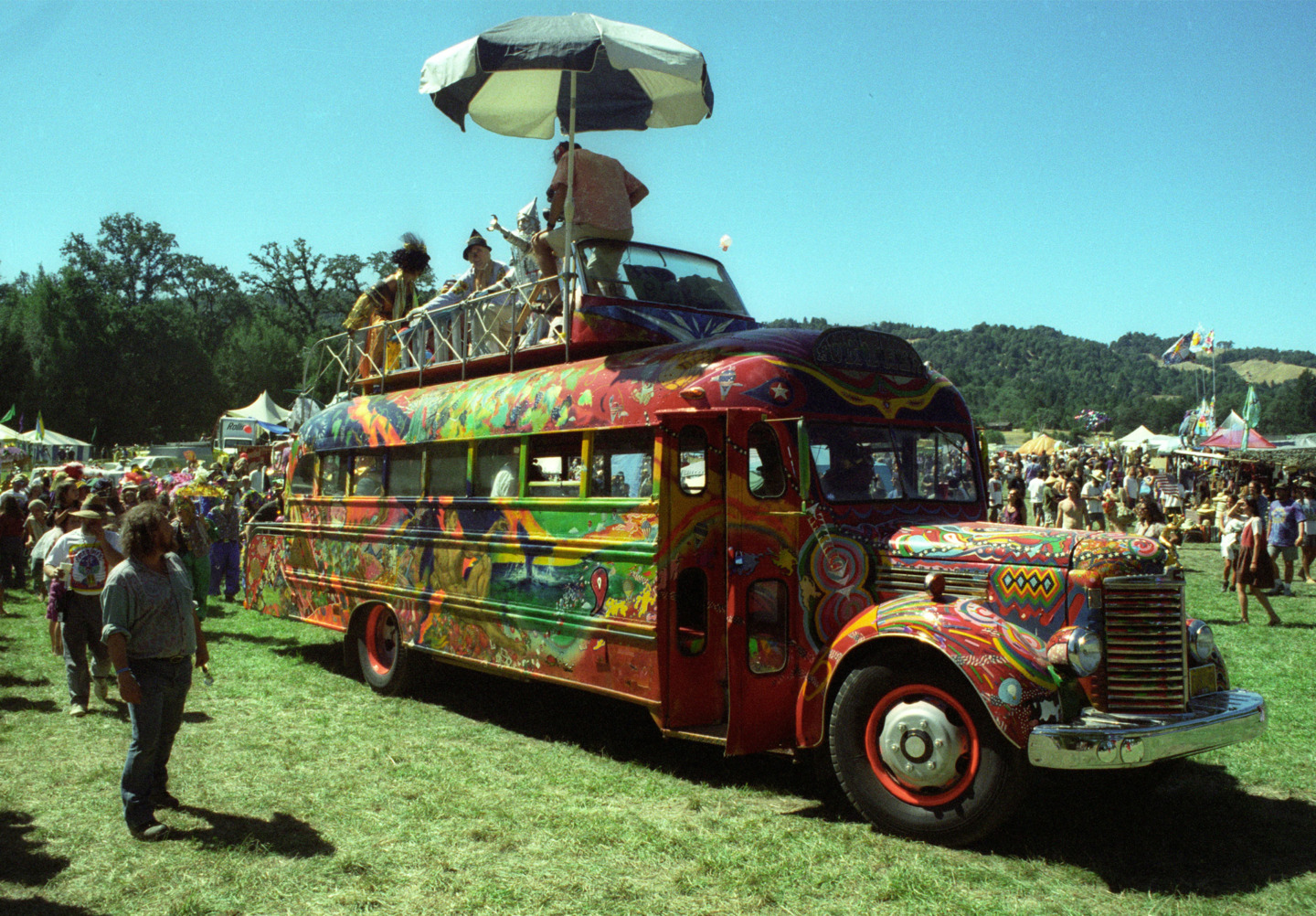
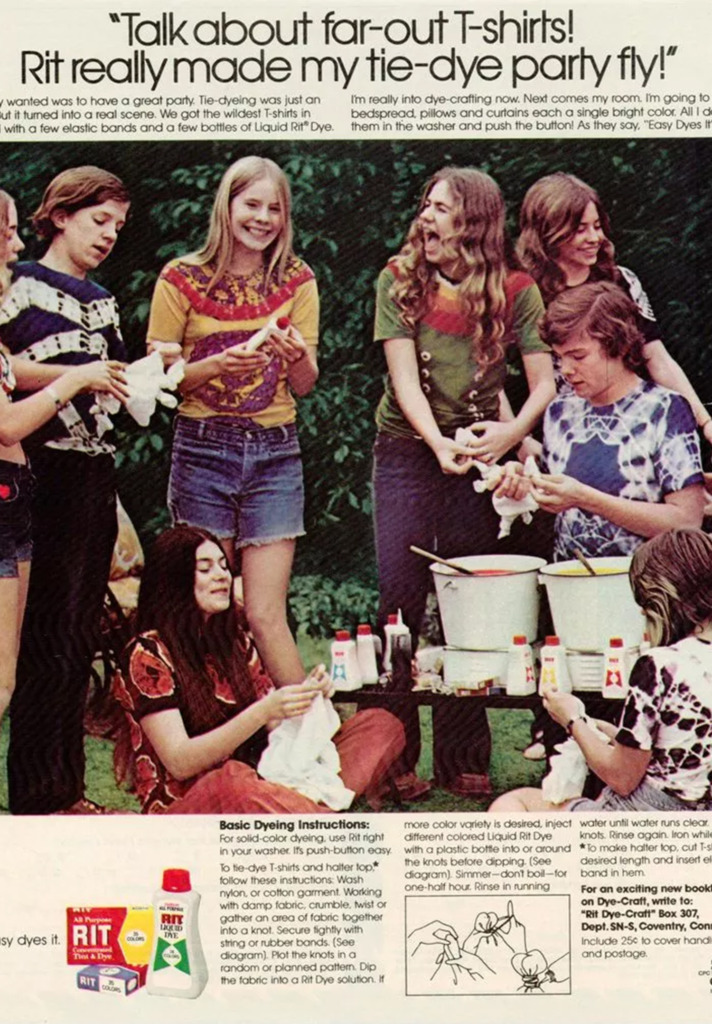
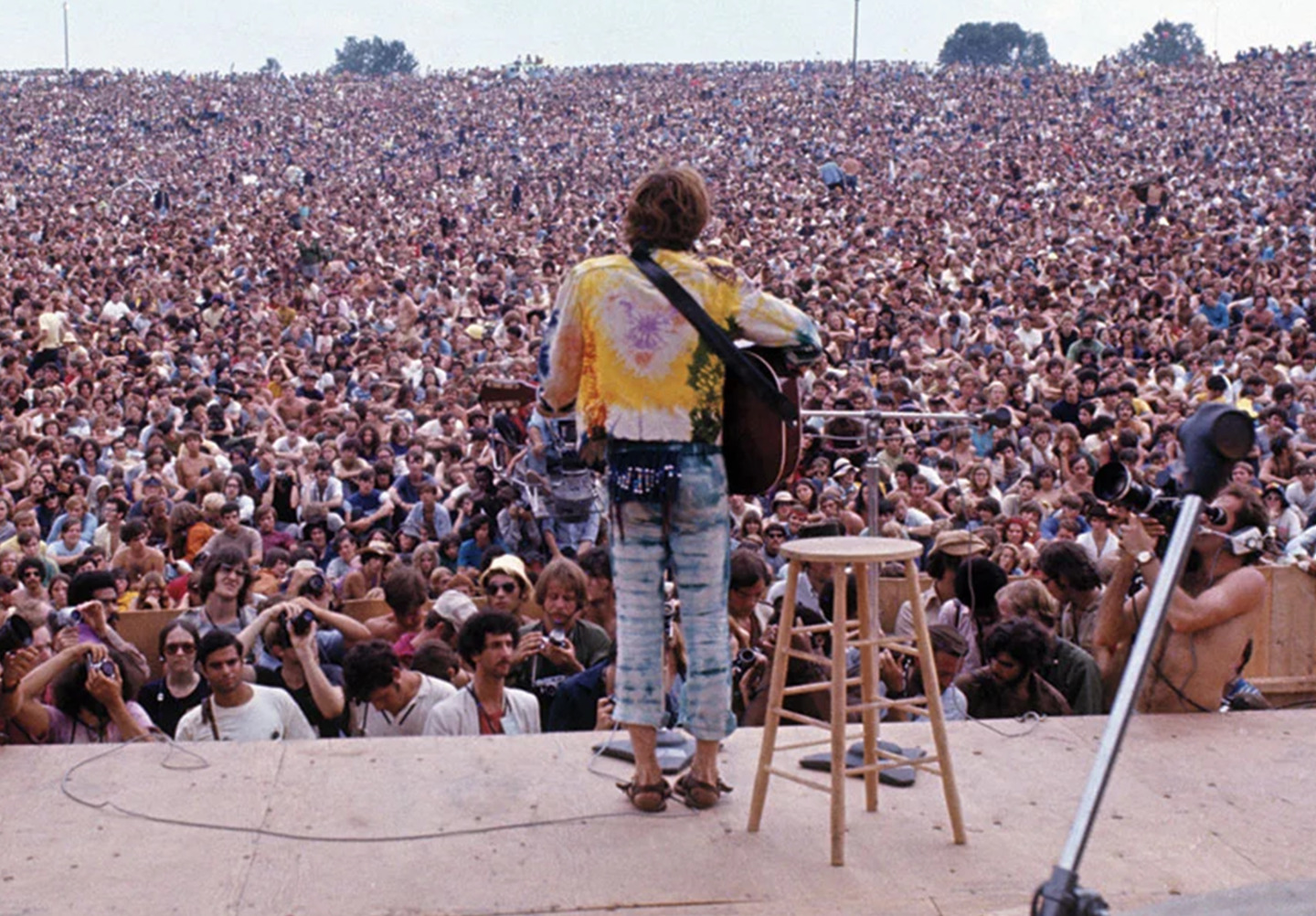
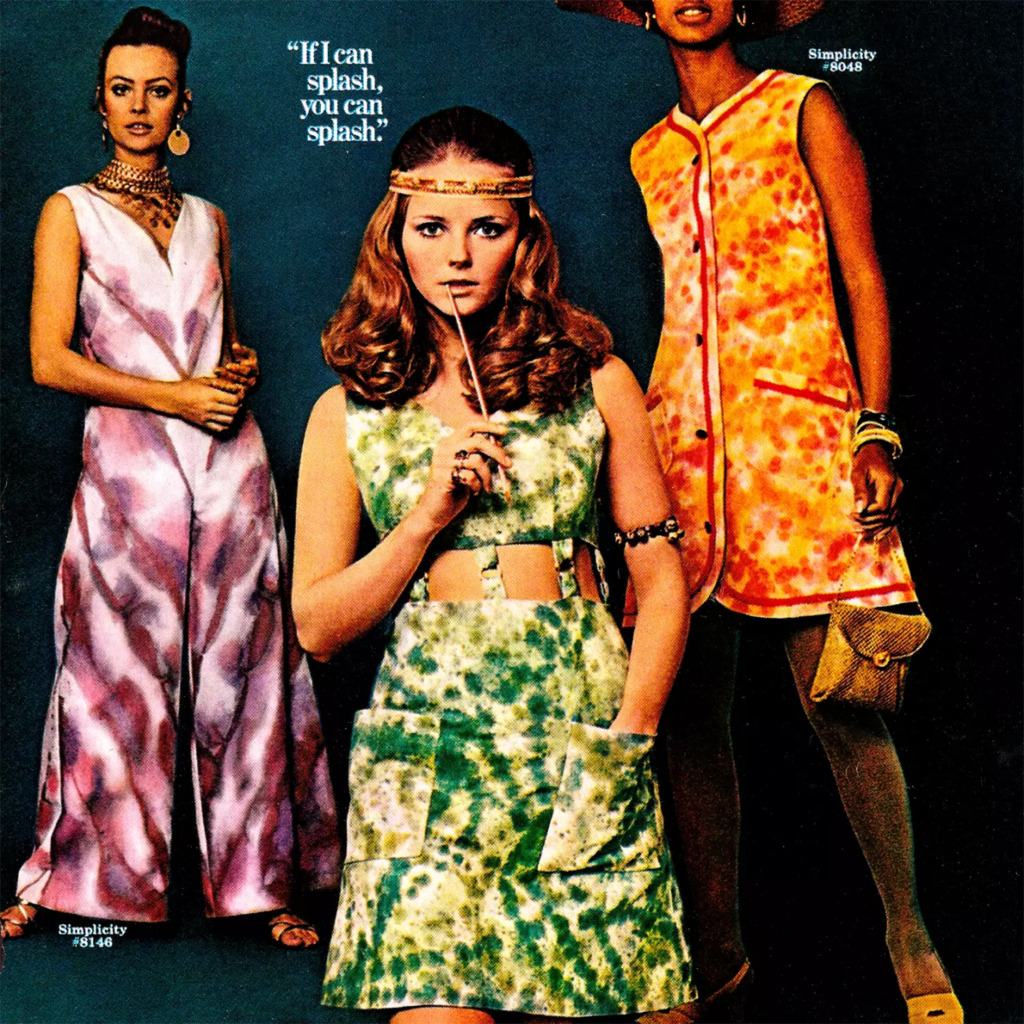
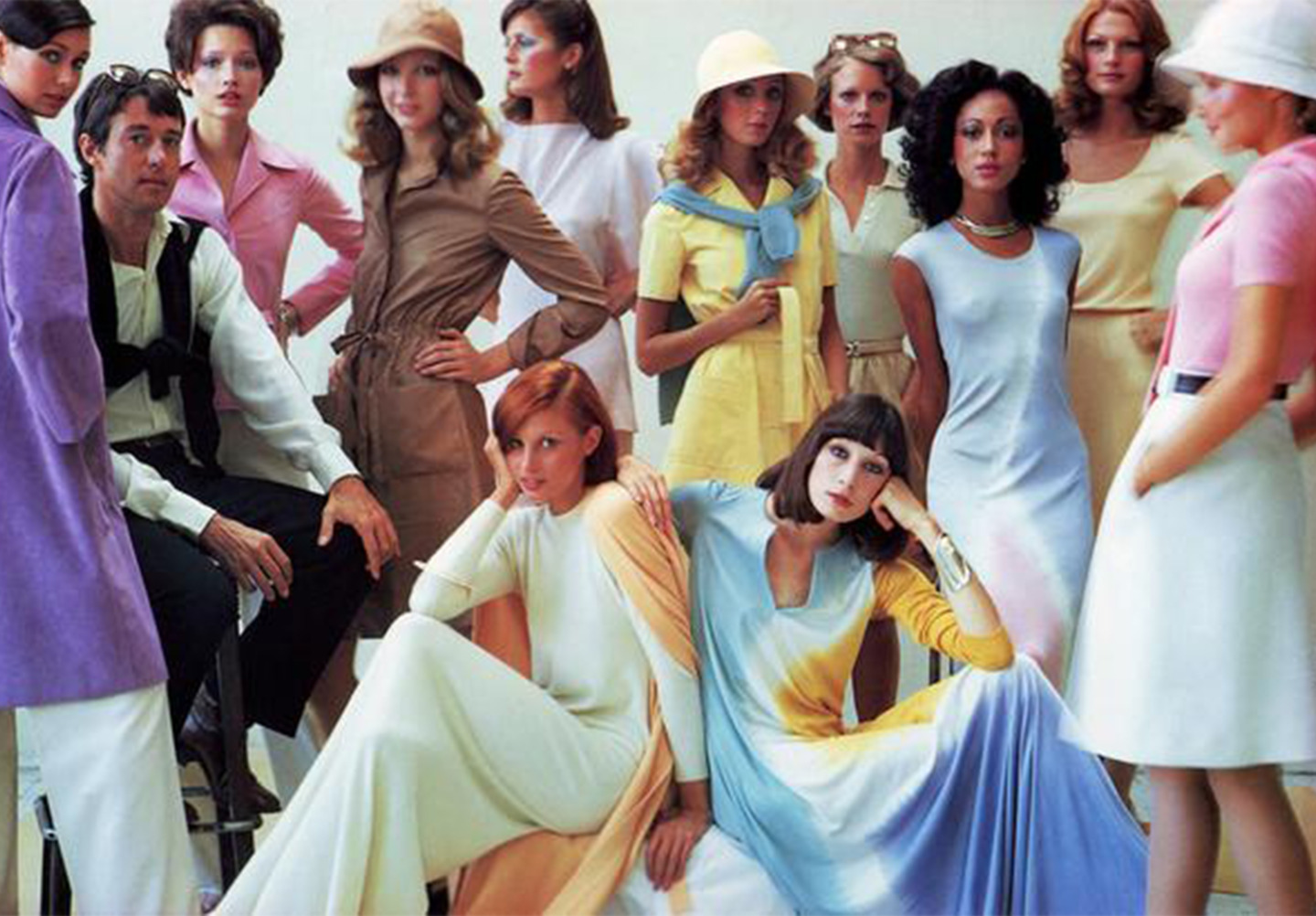
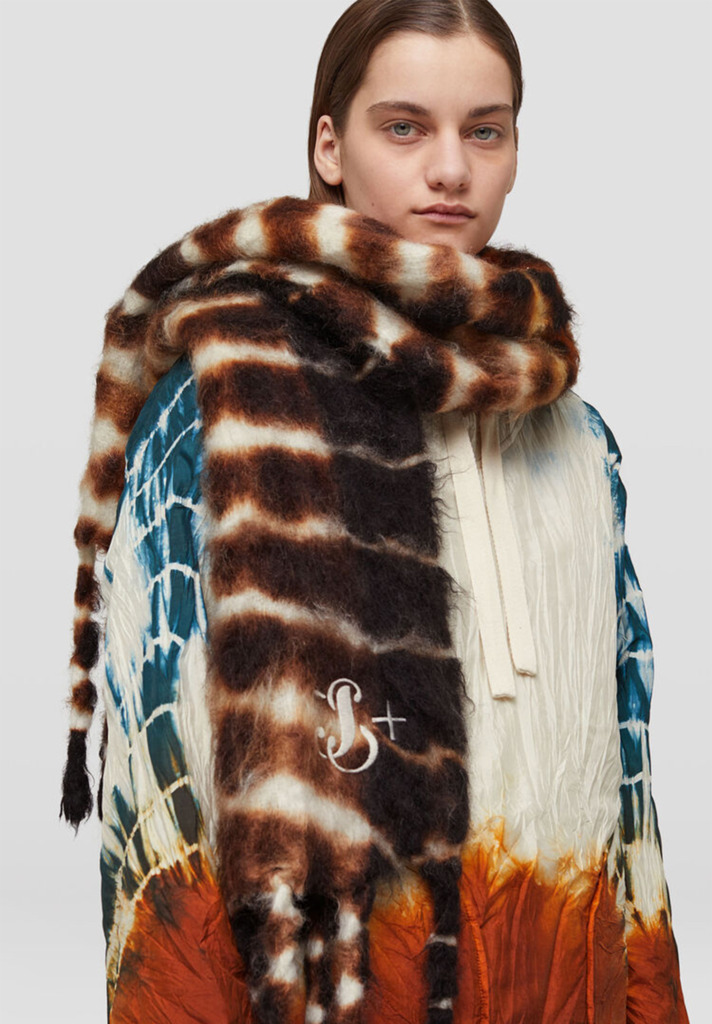
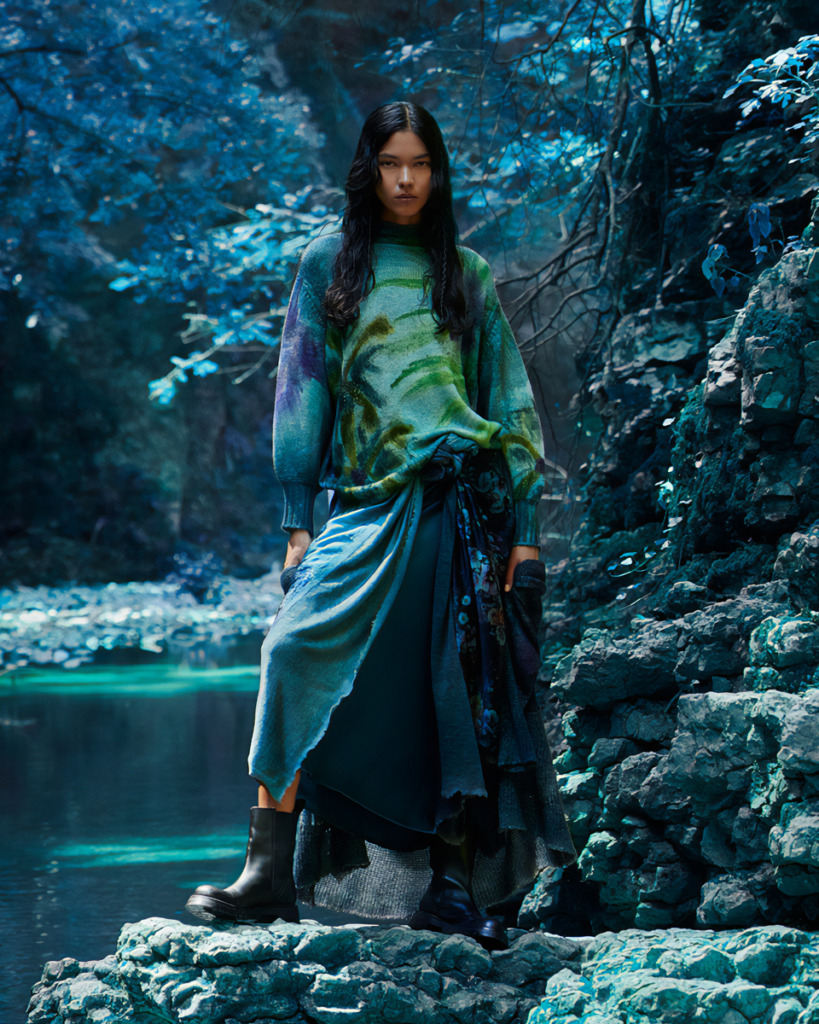
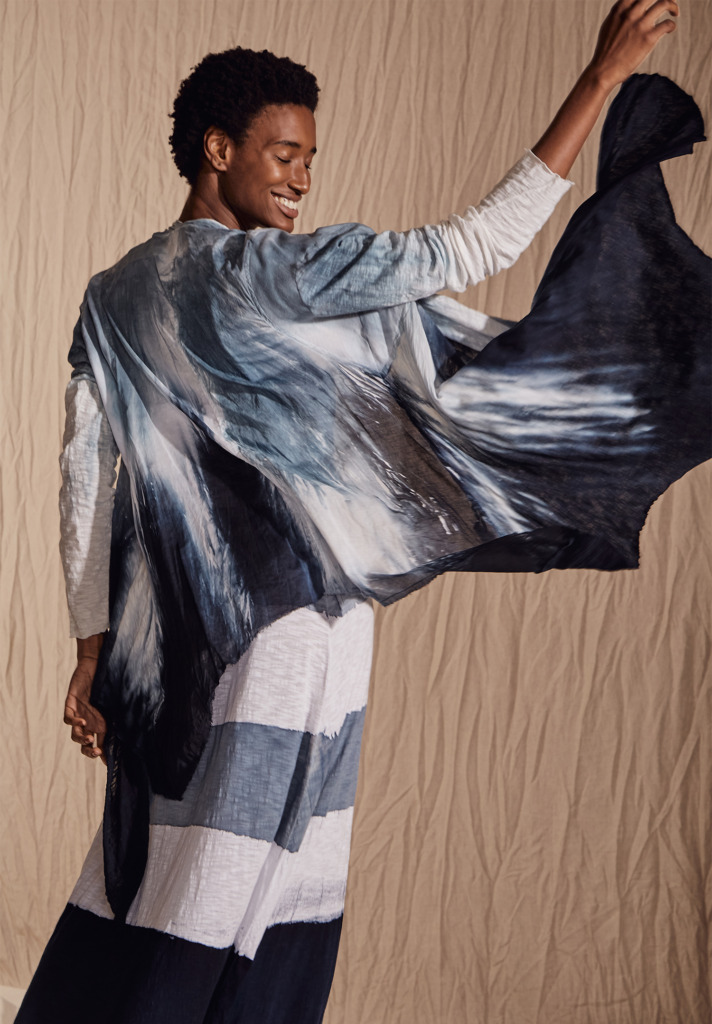

Call us
From historic craft to symbol of free spirits to runway prestige, the iconic artform of tie-dye has experienced a storied past.

Tie-Dye is in.
This is not news to anyone paying attention to designers unveiling their retro-inspired lines season after season.

Although these looks may take viewers back a half-century to the American 60s, the artistic technique of selectively dyeing portions of clothing and fabrics dates back well over a millennium.

Tie-Dye is one of many forms of “Resist-Dye,” a term referring to a collection of various techniques where craftspeople restrict certain portions of a garment while exposing others to dye.
These techniques come in many styles capable of producing a multitude of designs – each one-of-a-kind.

Resist-dyeing can be traced back 4,000 years to the Indian practice of Bandhani, while the first traceable act of actually tying the fabric before dyeing can be found in the dyed textiles of the Bai people of the Yunnan province in China around 1,500 years ago.

Over the centuries, many cultures have developed their own version of resist-dyeing.
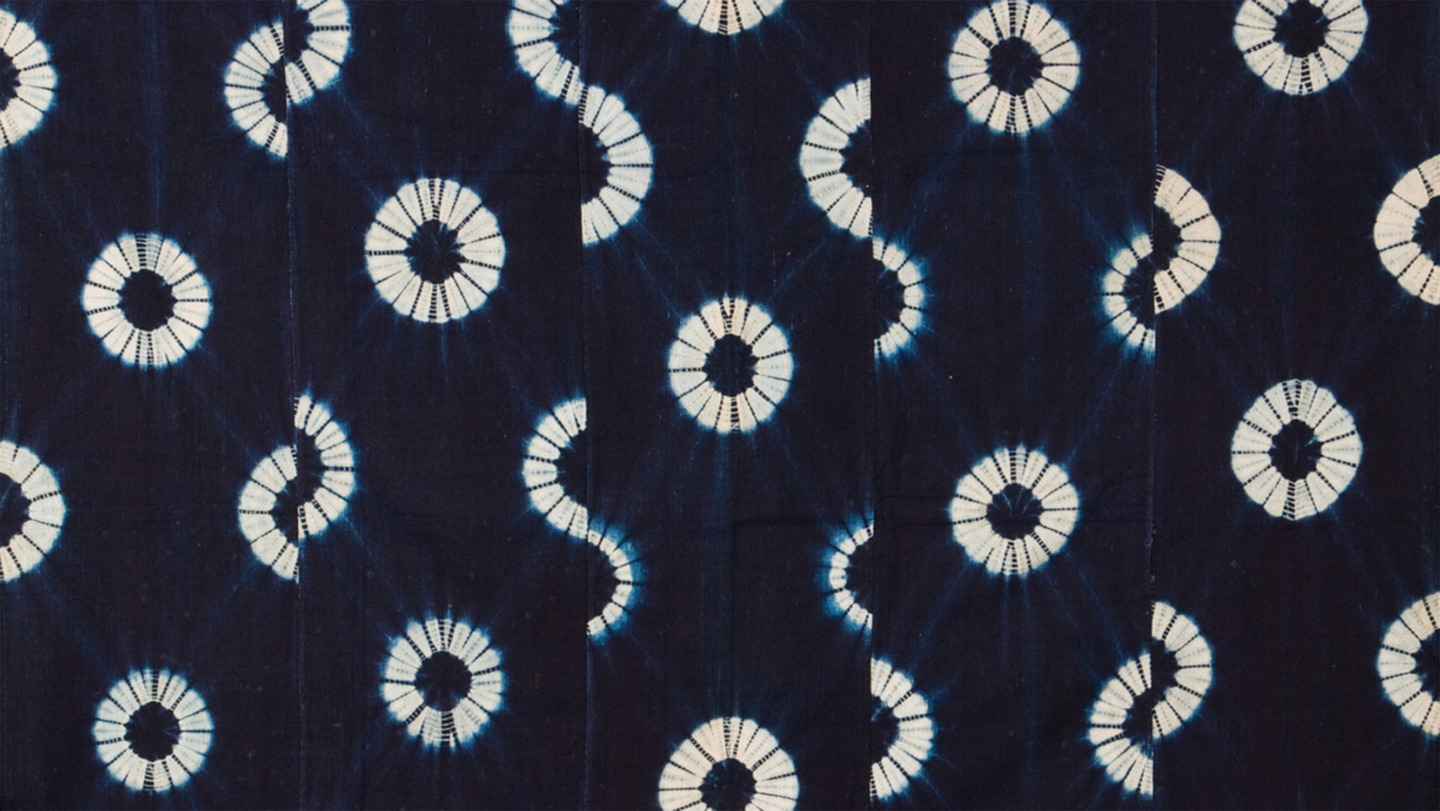
The Japanese used the art of Shibori and clamp-resisting.
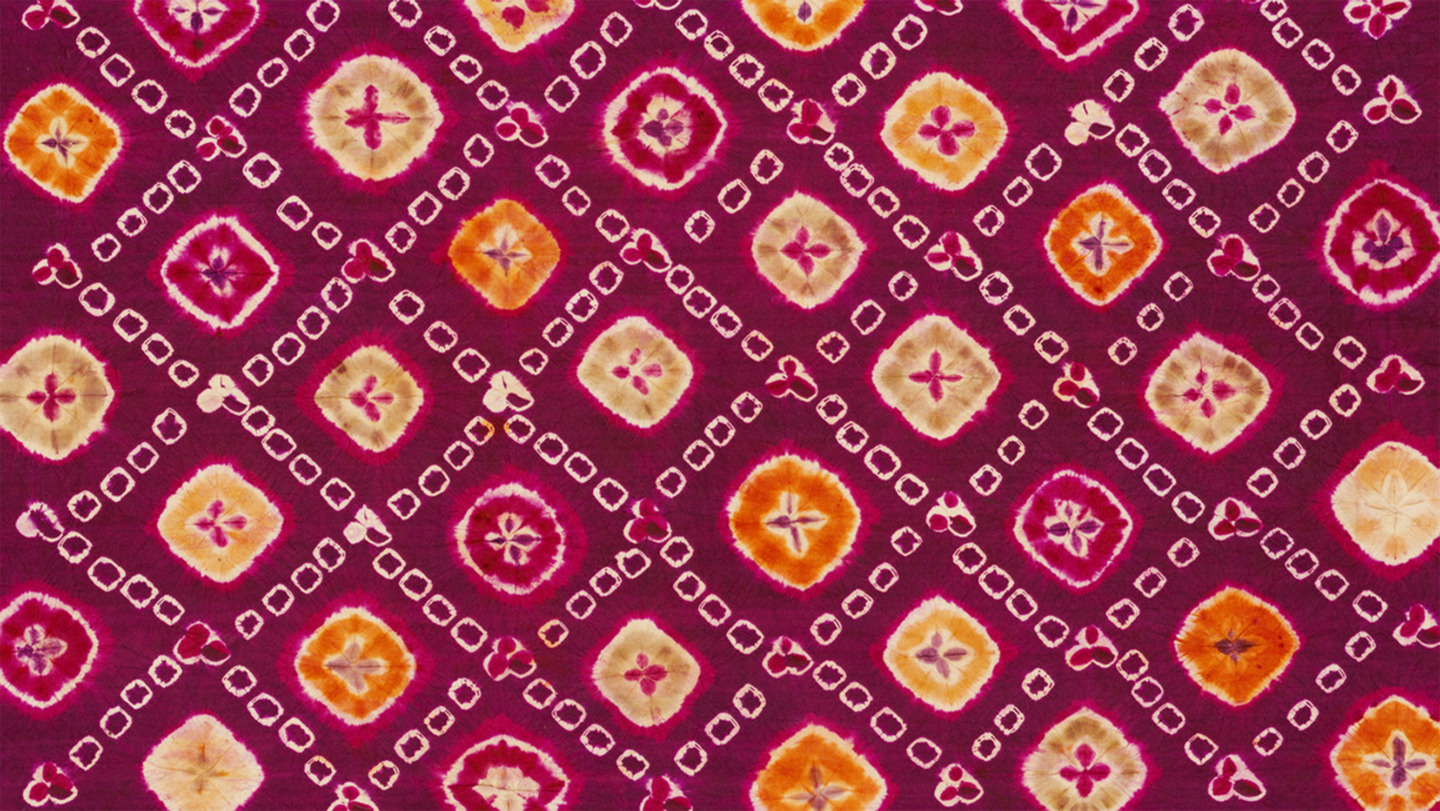
In Indonesia, artisans employed their Tritik technique.
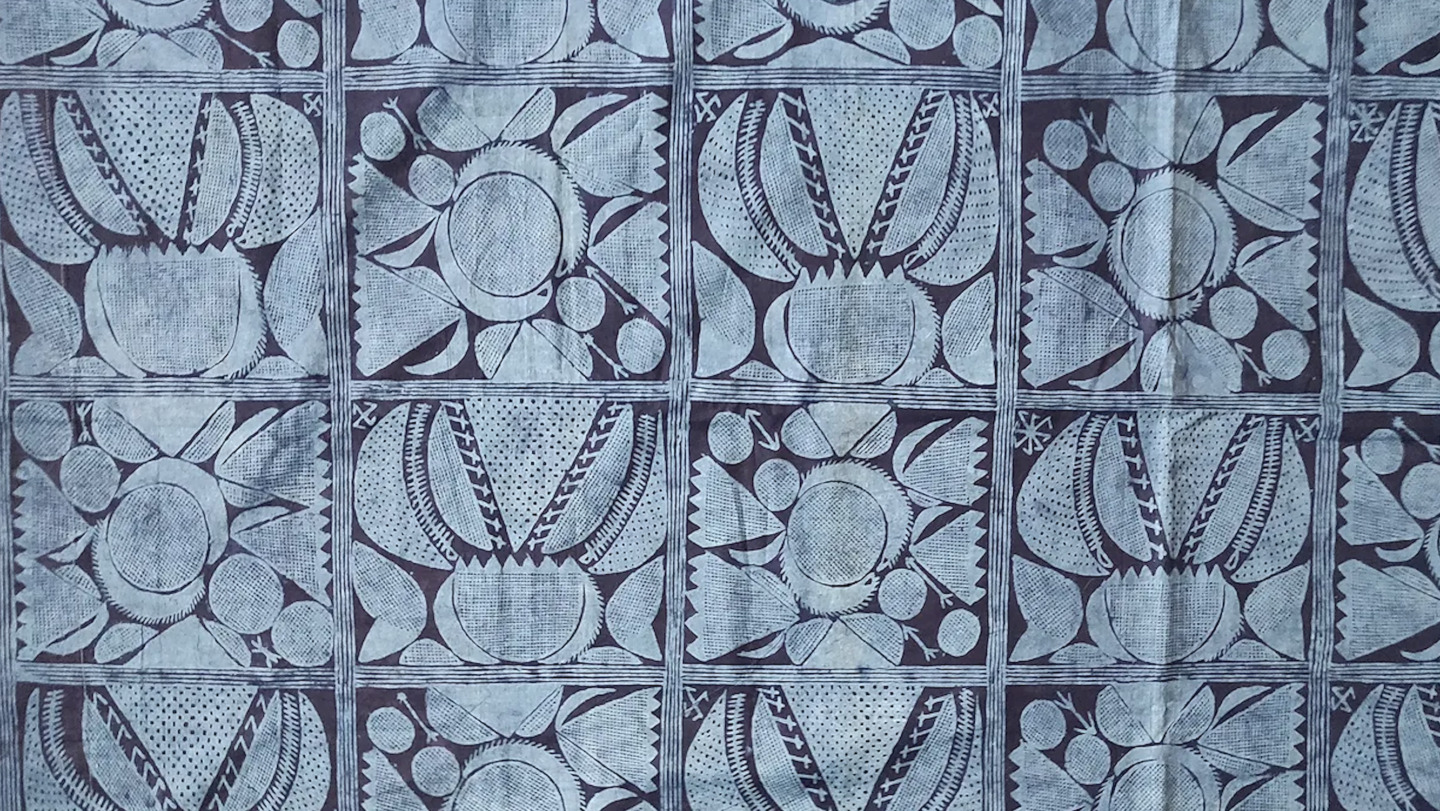
The West African Yoruba people indigo-dyed fabrics using Adire.
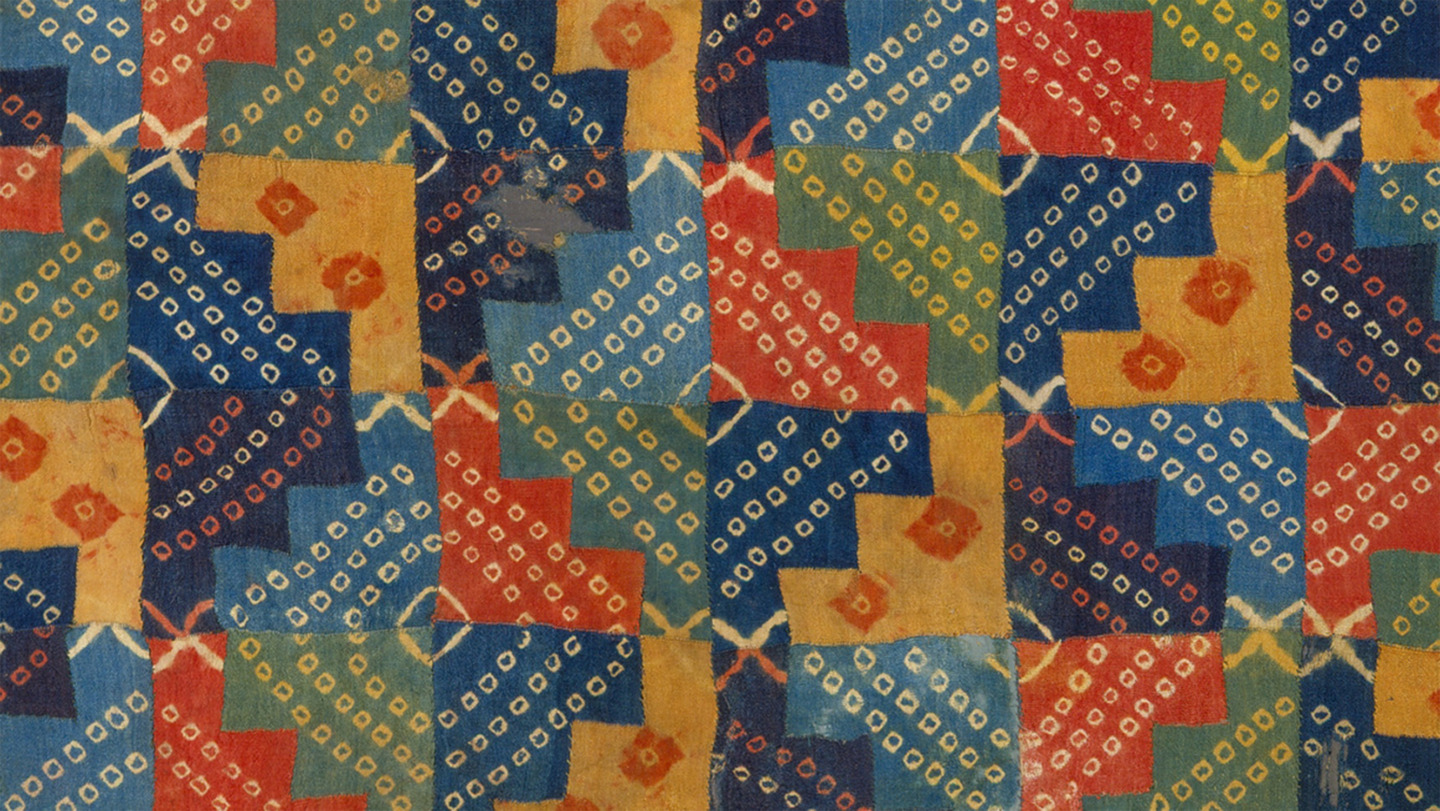
On the other side of the world, the Nazca culture of Peru created standout geometric patterns through their Amarra technique.
Despite this history of resist-dye coloring techniques, the practice had not yet become common in European cultures and those that stemmed from them.
With the emergence of synthetic dye technology in the mid-19th century, dyeing clothes and garments at home was a familiar practice in the United States… done to give old items a fresh look and avoid spending money on new products.

It wasn’t until the early 20th century when resist-dye techniques would be introduced to Americans.
Synthetic dye technology continued to improve and became more accessible to the public, while at the same time, the late 1800’s Arts & Crafts movement was bringing widespread appreciation and popularity to decoration and handmade goods.
The Monroe Chemical Company, a prominent dye manufacturer of the time, even included an introduction to “tied dyeing” with tutorials of how to achieve specific designs in a 1928 catalog.

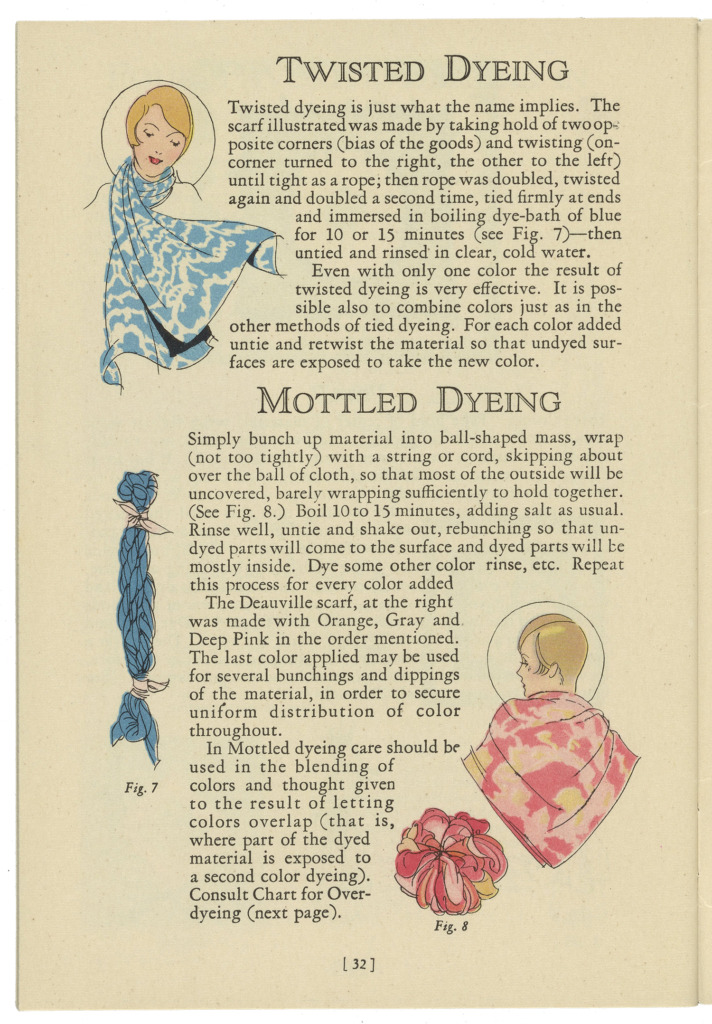
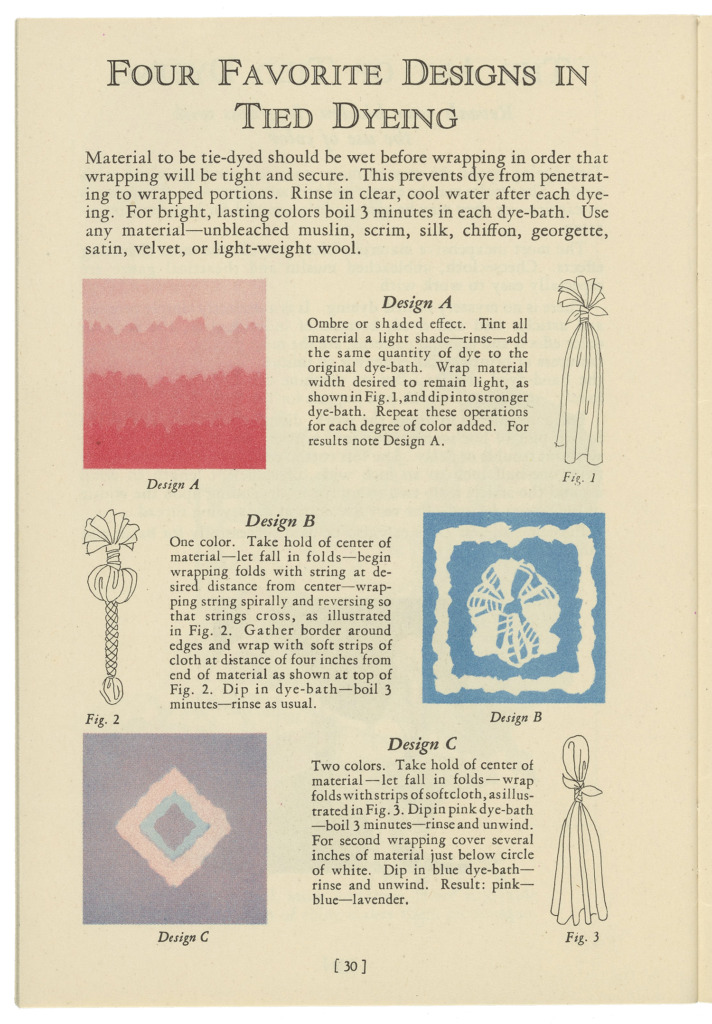
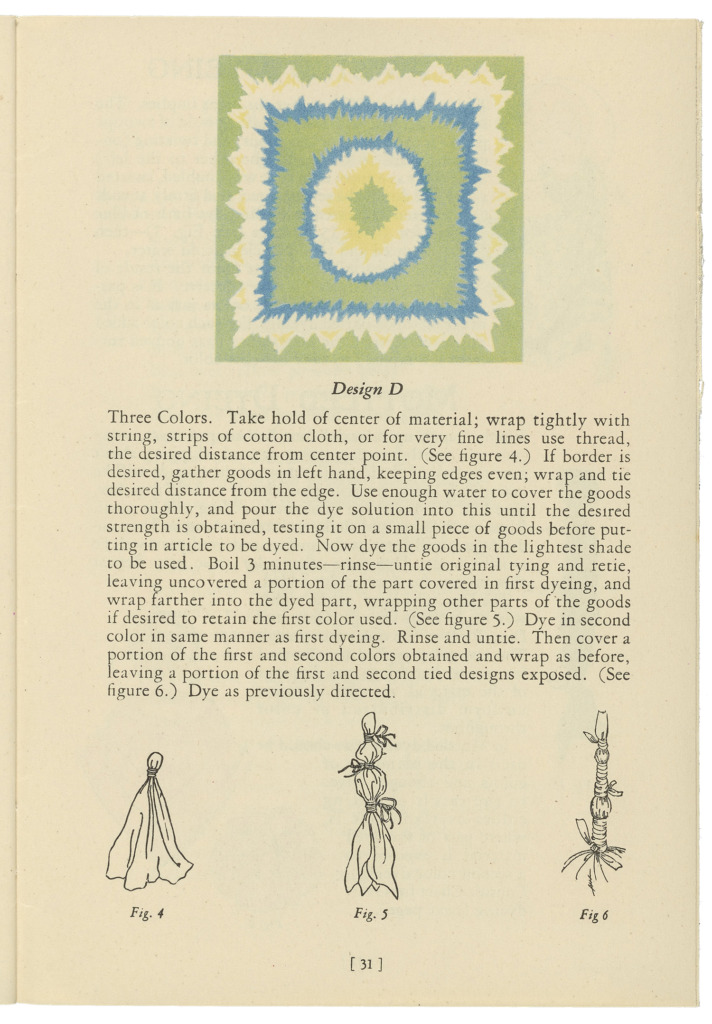
Although this early era of tie-dye brought the artform to the US, this awareness paled in comparison to the cultural phenomenon it would become just a few decades later.

The American 1960’s brought several counterculture ideals to the mainstream, including hippies.
Among the many philosophies tied to hippies were that of the DIY movement, distaste for identical, mass-produced goods, the interest in and embrace of the crafts of different cultures, and the use of psychedelics.

The visual characteristics and production methods of tie-dye just so happened to coalesce with these categories, with its foreign roots and accessibility to create one-of-a-kind pieces, as well as its ability to present intense, abstracted colors similar to the experience of an acid trip.
These factors all came together, allowing the style to take hold of the counterculture and become the movement-defining, iconic look of the era.
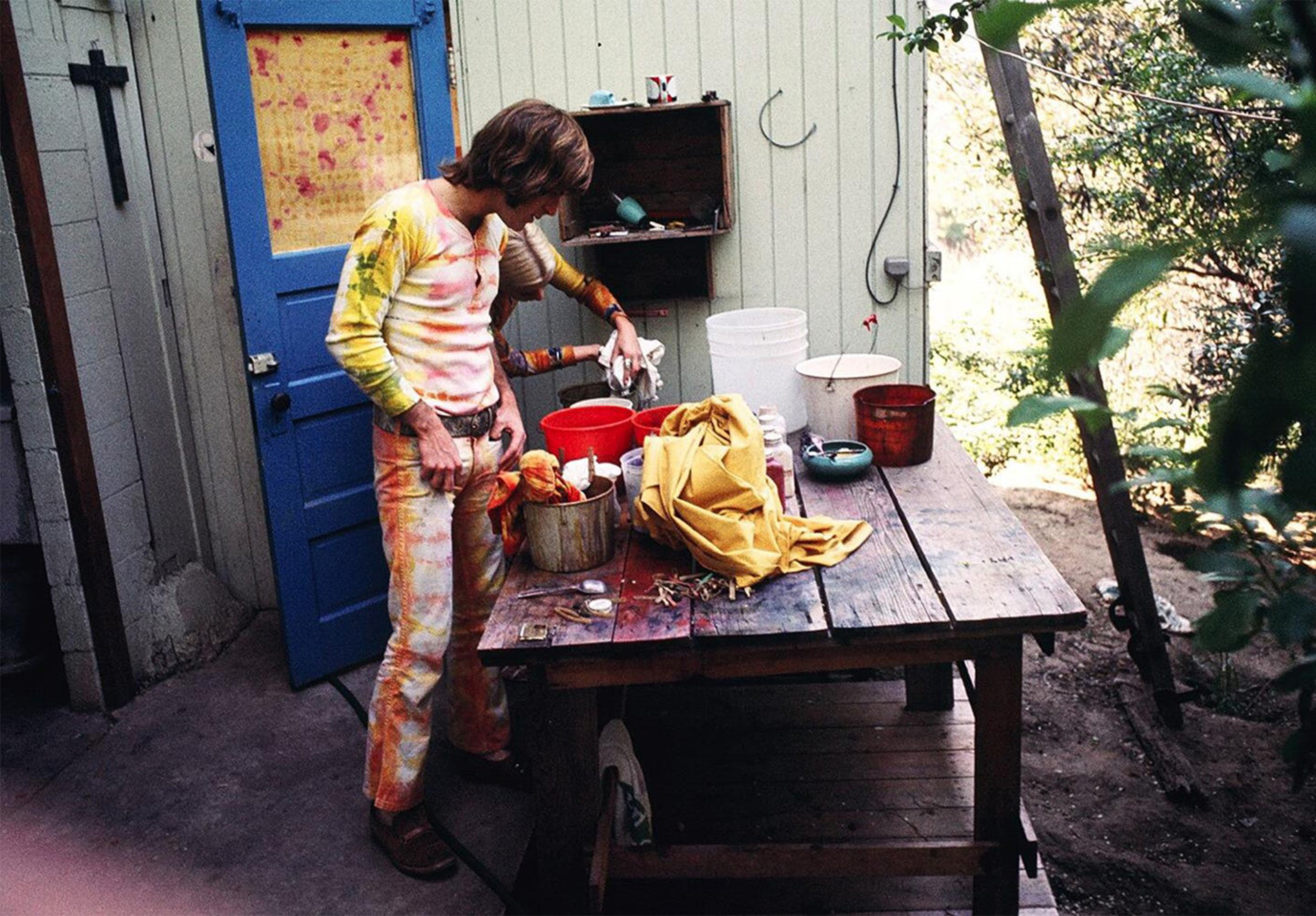
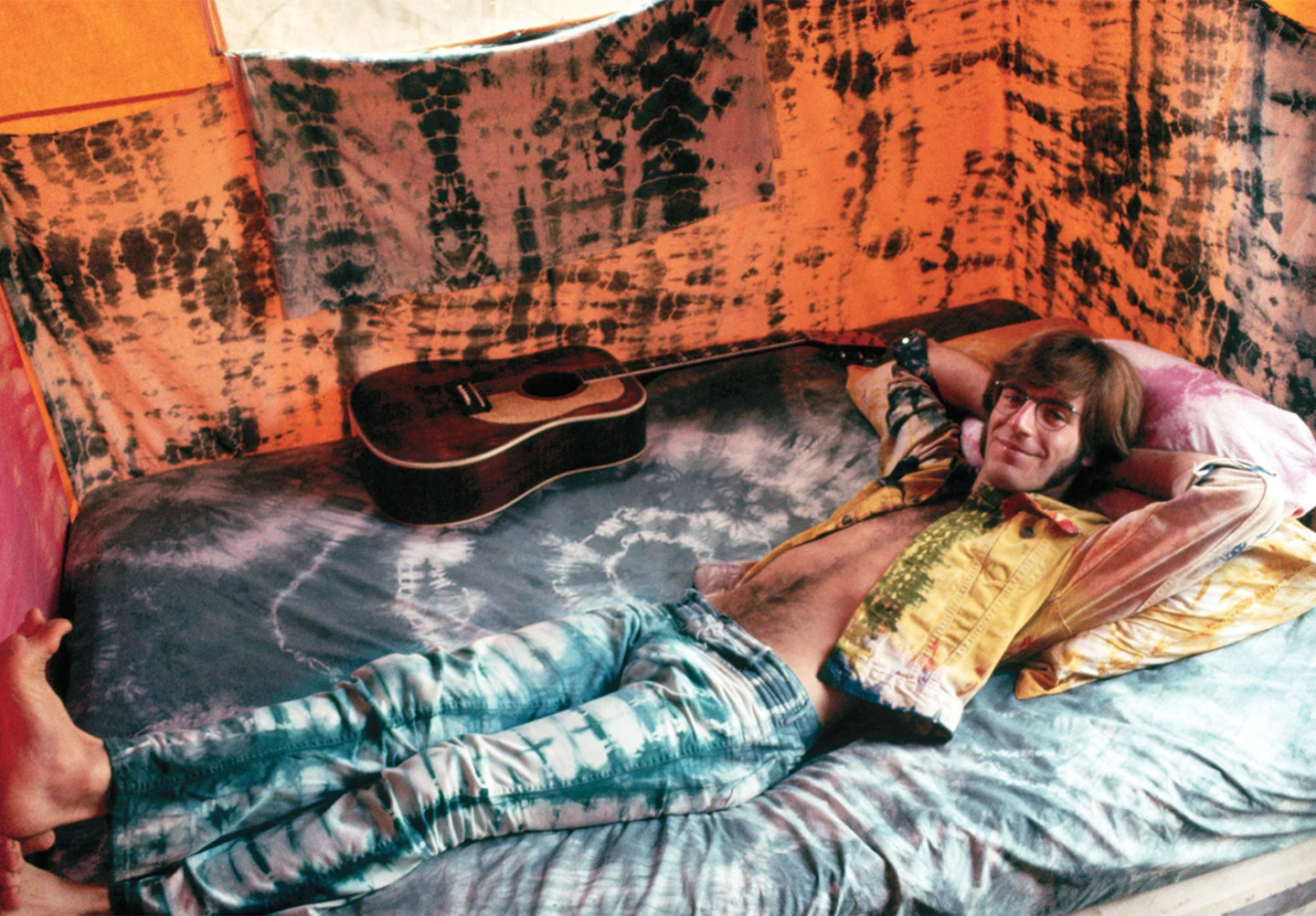
John Sebastian Making and Wearing Tie-Dye Images via Henry Diltz
This pivotal adoption can partially be credited to musicians donning the colorful attire at the infamous Woodstock concert of 1969, as well as the commercial efforts of the Rit dye company.

Rit’s marketing had previously been aimed at the original, frugal American use of dye, but their new marketing manager, Don Price, searched for a novel market by working with New York City artists to help promote the look of tie-dye.
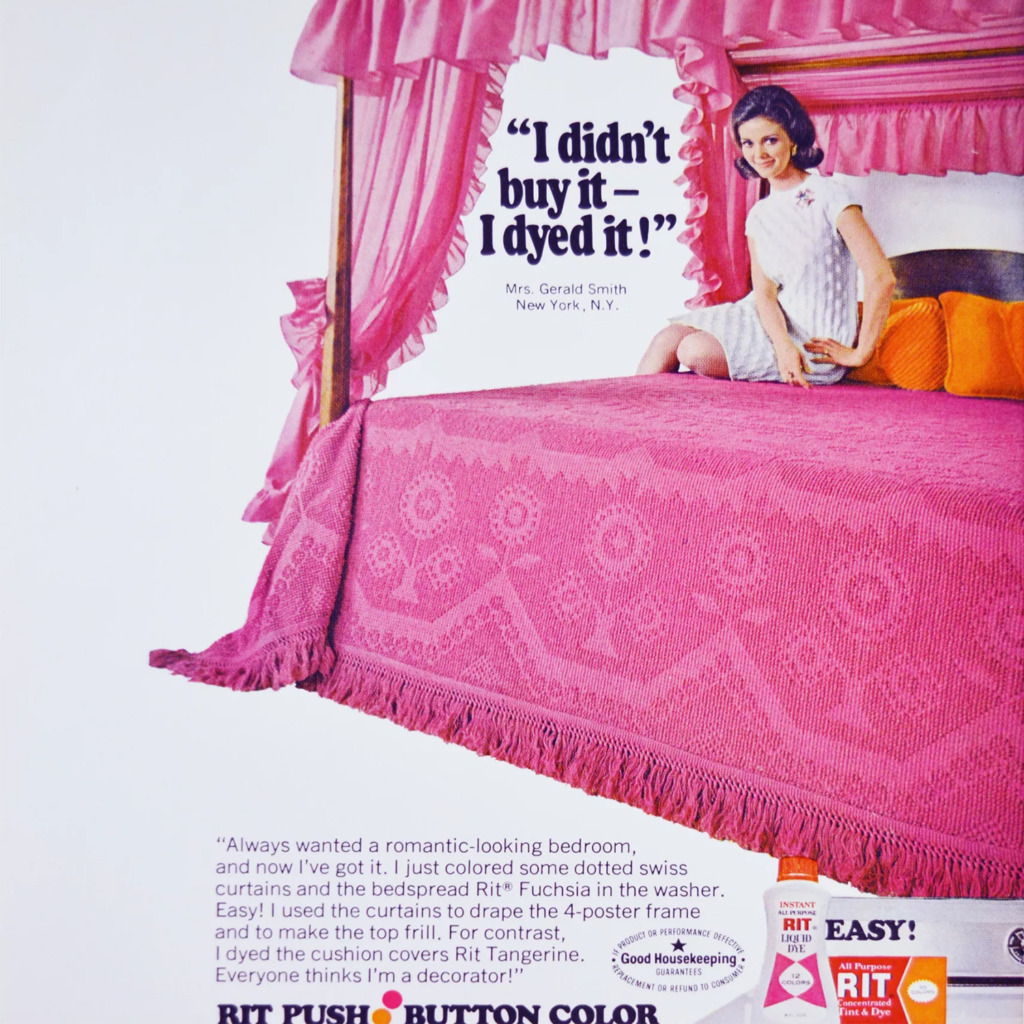
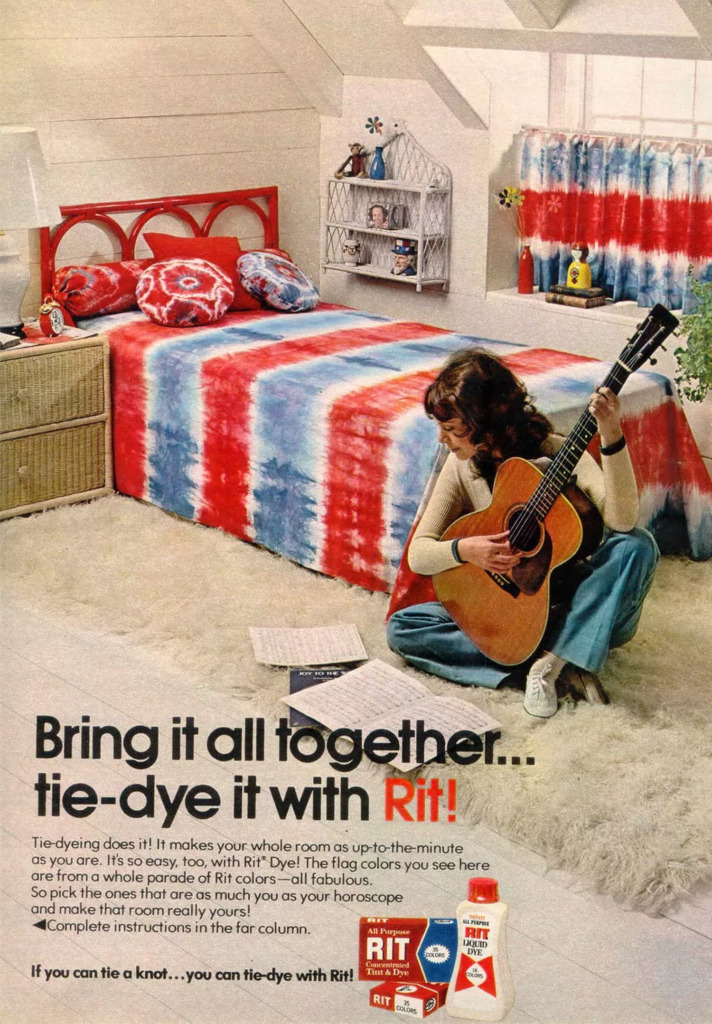
This collaboration paid off, sending the style to Woodstock and beyond.

After this success, Price wasn’t finished with influencing hippie culture.
He turned to high fashion, eventually catching the attention of the designer Halston who went on to present various tie-dye designs seen in Vogue throughout the early 1970’s after being introduced to Rit dyes.

Following Halston’s creations, tie-dye was solidified in luxury fashion, serving as inspiration to other designers.

Although tie-dye will likely never again reach the heights of its 1960’s zeitgeist, it’s having a particularly unique moment as of late.
Straying away from the primary colors and simple patterns of the hippies, current designers utilizing the style are applying complicated twists, folds and more to their garments in inventive ways to expand and extend the style.

Jil Sander’s recent offerings paint moody, contrasting dyes on top of monochrome, high-end silhouettes.

Although painted on opposed to tied and dyed, Avant Toi complements their handmade, avant-garde and experimental approach to forming garments with the aesthetic look of tie-dye and its ability to create singular designs.

Gilda Midani works tie-dye into her other resist-dye coloring techniques to produce clothing in her signature vibrant and playful style.

As its recent popularity can attest, from ancient artisans to counterculture movements to contemporary, high-end designers, the impacts and significance of tie-dye will continue to be enjoyed for generations to come.